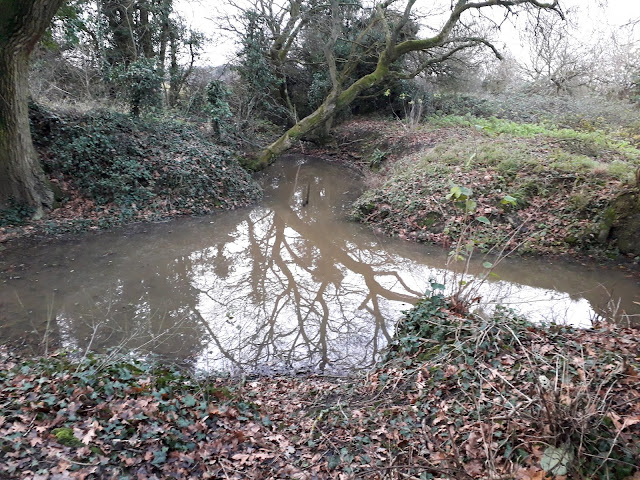Unfortunately this stoat had not only been killed but the tail had been bitten off. The black tip of the tail is a key identifier. It's a rather gruesome picture but (a) it proves they are around and (b) it's the best photo of a stoat I shall probably ever get. They are very secretive and hard to see and don't like crossing open ground.
This photo below is what a living stoat looks like. They are fierce little killers closely related to weasels (which are also pretty vicious if you're a rabbit or a mouse or a vole), and pine martens (which like peanuts but also squirrels, nestlings and birds' eggs.)
Stoato photo: Vic Sharratt of the Wildlife Trusts
There's a really good Natural World broadcast available on BBC i-player called 'Weasels - feisty and fearless' with footage of weasels, stoats, wolverines and honey badgers, all members of the weasel family Mustelidae.
There's a really good Natural World broadcast available on BBC i-player called 'Weasels - feisty and fearless' with footage of weasels, stoats, wolverines and honey badgers, all members of the weasel family Mustelidae.










































